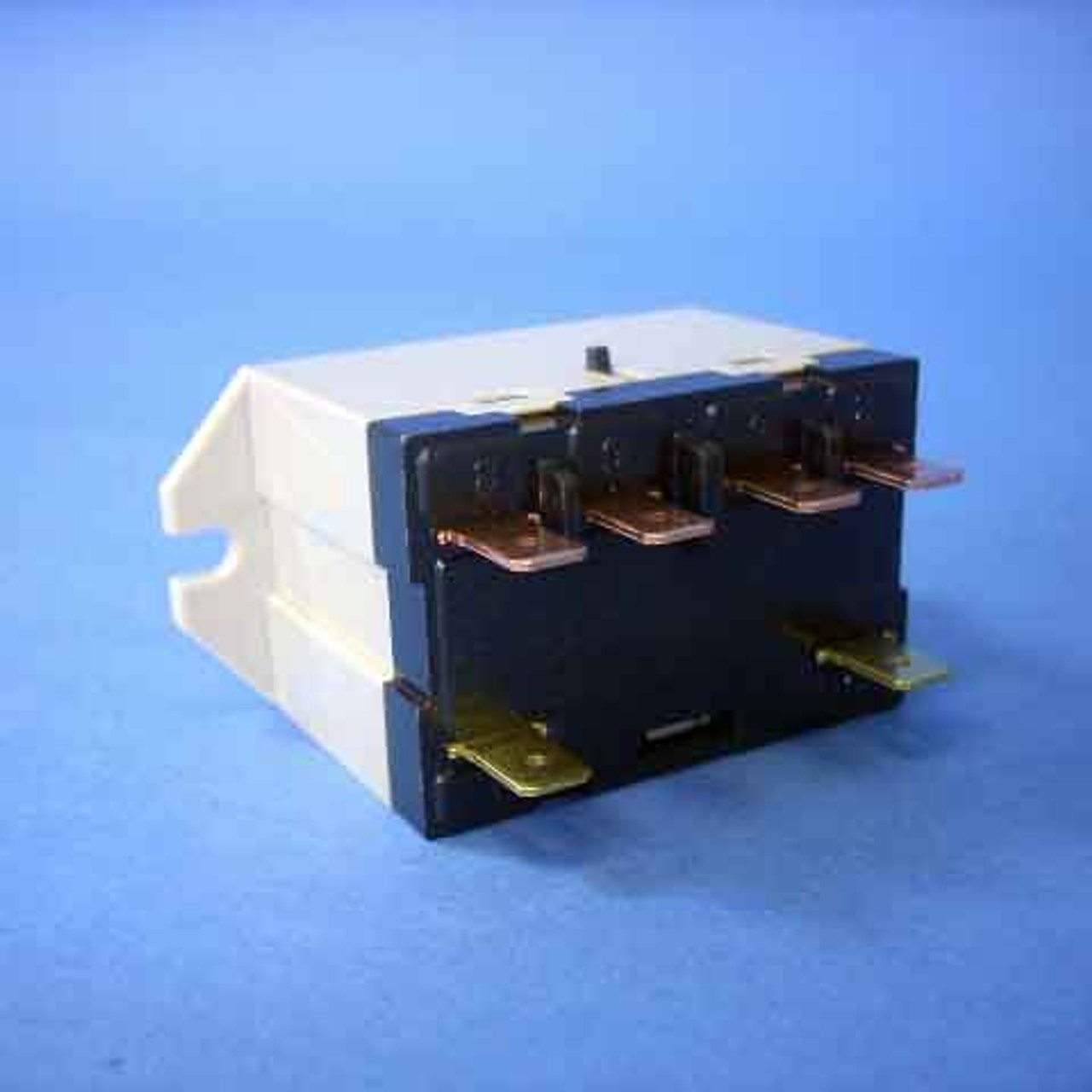Relays are essential components in various industries, enabling the control and automation of electrical circuits. Understanding the different types of relays and their working principles is crucial for engineers, technicians, and enthusiasts alike. In this comprehensive guide, we will delve into the world of relays, exploring their types, working mechanisms, and practical applications.
- What are Relays?
- Definition: Relays are electrically operated switches that control the flow of current in a circuit.
- Purpose: Relays are used to control high-power or high-voltage circuits using low-power control signals.
- Advantages: Relays provide isolation between the control circuit and the controlled circuit, protecting sensitive components.
- Types of Relays:
2.1 Electromechanical Relays:
- Working Principle: Electromechanical relays use an electromagnetic coil to control the switching mechanism.
- Subtypes: Include general-purpose relays, power relays, latching relays, and time-delay relays.
- Applications: Found in industrial automation, power distribution systems, automotive electronics, and more.
2.2 Solid-State Relays (SSRs):
- Working Principle: SSRs use semiconductor devices, such as thyristors or MOSFETs, to perform switching operations.
- Advantages: SSRs offer faster switching speeds, longer lifespan, and higher reliability compared to electromechanical relays.
- Applications: Widely used in HVAC systems, motor control, medical equipment, and other applications requiring precise control.
2.3 Reed Relays:
- Working Principle: Reed relays utilize a hermetically sealed glass tube containing two magnetic reeds that act as the switch contacts.
- Advantages: Reed relays offer excellent electrical isolation, low contact resistance, and high switching speeds.
- Applications: Used in telecommunications, automatic test equipment, security systems, and other applications requiring high reliability.
- Working Principles:
3.1 Electromechanical Relay Operation:
- Energizing the coil creates a magnetic field, attracting the movable armature to close the contacts.
- De-energizing the coil releases the armature, allowing the contacts to open.
- Contact configurations, such as normally open (NO) and normally closed (NC), determine the relay's behavior.
3.2 Solid-State Relay Operation:
- SSRs use electronic components to control the switching operation.
- Control signals, typically low voltage and current, trigger the semiconductor device, allowing current to flow through the output circuit.
- Optical isolation ensures separation between the control and output circuits.
- Practical Applications:
4.1 Industrial Automation:
- Relays are used for motor control, machine sequencing, and safety interlocks in manufacturing processes.
- They provide reliable control and protection in harsh environments.
4.2 Power Systems:
- Relays play a vital role in power distribution, protecting equipment from faults and overloads.
- They enable remote control and monitoring of electrical networks.
4.3 Automotive Electronics:
- Relays are used in automotive applications, such as controlling lights, fans, and ignition systems.
- They ensure proper functioning and protection of electrical components.
Conclusion:
Relays are versatile devices that facilitate control and automation in various industries. Understanding the different relay types and their working principles is essential for utilizing their capabilities effectively. Whether in industrial automation, power systems, or automotive electronics, relays provide reliable and efficient control solutions. By harnessing the power of relays, engineers and technicians can enhance the performance and safety of electrical circuits, driving innovation and progress in their respective fields.

